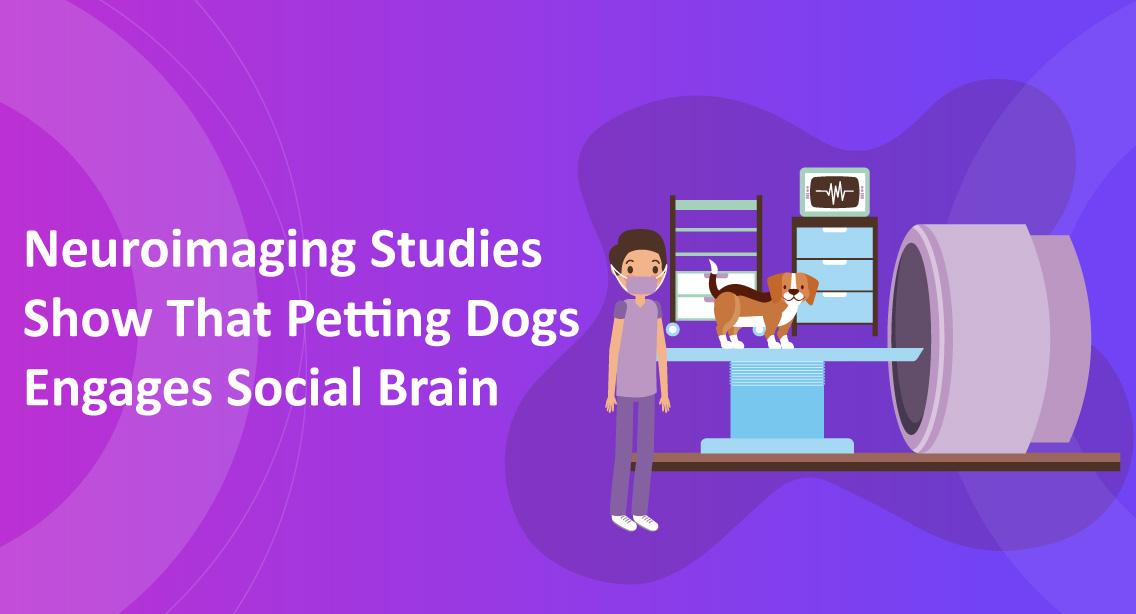Neuroimaging Studies Show That Petting Dogs Engages Social Brain
Researchers at the University of Basel in Switzerland, led by Rahel Marti, have reported that viewing, feeling, and touching real dogs increases activity in the brain's prefrontal cortex. The study was published in PLOS ONE on October 5 and shows that this effect persists even after the dogs are no longer present. However, the effect is diminished when real dogs are replaced with stuffed animals. The findings could impact animal-assisted clinical therapy.
Interacting with animals, particularly dogs, has been shown to help people cope with stress and depression. The researchers believe that a better understanding of the associated brain activity could help clinicians design better animal-assisted therapy systems. The prefrontal cortex may be especially crucial because it regulates and processes social and emotional interactions.
The researchers used infrared neuroimaging technology to measure activity in the prefrontal cortex of the brain non-invasively. This was measured while 19 men and women viewed a dog, sat with the same dog against their legs, or petted the dog. They also tested each of these conditions on Leo, a stuffed lion with fur filled with a water bottle to match the temperature and weight of the dogs.
When participants interacted with real dogs, their prefrontal brain activity was higher compared to Leo. The difference was greatest for petting, the most interactive condition. Another significant difference was that prefrontal brain activity increased every time people interacted with the real dog. This was not observed in subsequent interactions with the stuffed lion, implying that the response was related to familiarity or social bonding.
Future research will be required to investigate the issue of familiarity in-depth, as well as whether petting animals can cause a similar increase in prefrontal brain activity in patients with socioemotional deficits.
The authors say, "The present study demonstrates that prefrontal brain activity in healthy subjects increased with a rise in interactional closeness with a dog or a plush animal, but especially in contact with the dog the activation is stronger."
"This indicates that interactions with a dog might activate more attentional processes and elicit stronger emotional arousal than comparable nonliving stimuli."








